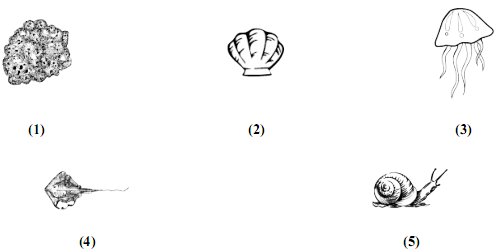Plants consist of various types of cells that serve different functions. For example, epidermal cells, which form a plant’s outer skin, often store food, while xylem cells, which are dead and hollow, transport water and nutrient salts to the other parts of the plant. Plant cells use structures called chloroplasts to make food for them by capturing the Sun’s energy.
Why don’t the epidermal cells that form the skin of an onion bulb contain chloroplasts?
Onion bulbs
Explanation
Onion bulbs grow underground, where chloroplasts would serve no function. It is the onion’s vertical shoot that traps the Sun’s energy and makes food.
Visit our website for other GED topics now!
Related questions







